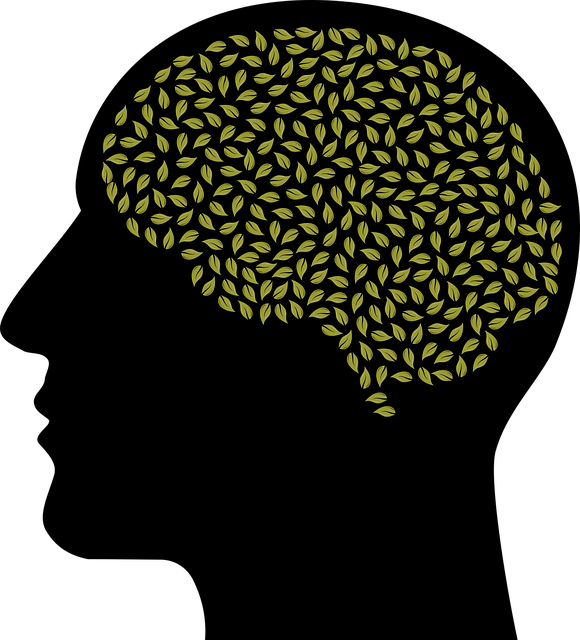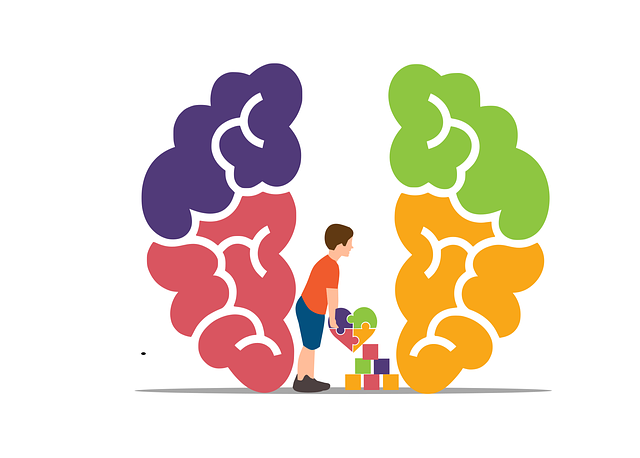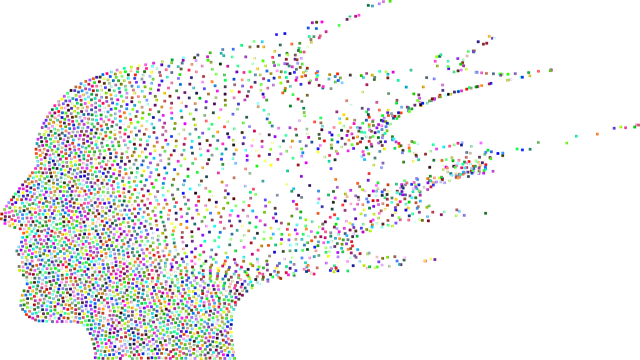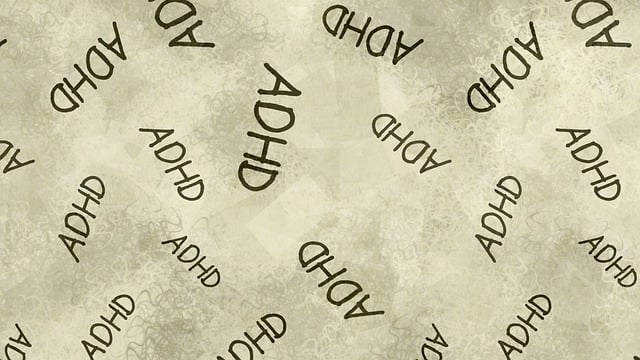Community outreach programs focused on mental health must identify target groups (adults, adolescents, teens) through nuanced assessments, tailoring services accordingly. This includes age-specific therapy: cognitive-behavioral techniques for adults, group therapy for adolescents, and education/mindfulness for teenagers. Partnering with local organizations amplifies reach and impact, while effective communication overcomes barriers to engage diverse communities. Success is measured by long-term benefits like improved access to therapy for Adults, Adolescents, and Teens, fostering resilience and positive social change through integrated services.
Community outreach programs play a vital role in addressing diverse needs within local communities, offering tailored support for adults, adolescents, and teens. Effective initiatives begin with understanding community dynamics and identifying specific target groups. By designing comprehensive therapy programs, collaborating with local organizations, and employing strategic communication, these programs can significantly impact mental health and well-being. This article explores each step, from recognizing community needs to measuring long-term success, emphasizing the importance of inclusive, collaborative approaches for optimal outcomes.
- Understanding Community Needs: Identifying Target Groups for Outreach Programs
- Designing Comprehensive Therapy Programs: Tailoring Services for Adults, Adolescents, and Teens
- Building Partnerships: Collaborating with Local Organizations to Amplify Impact
- Implementing Effective Communication Strategies: Engaging Communities and Overcoming Barriers
- Measuring Success: Evaluating the Outcomes and Long-term Benefits of Community Outreach Programs
Understanding Community Needs: Identifying Target Groups for Outreach Programs

Understanding Community Needs is a pivotal step in implementing successful outreach programs. Identifying target groups requires a nuanced approach, considering demographics, social factors, and specific challenges within the community. For instance, tailored services are often required for distinct age groups such as adults, adolescents, and teens, each facing unique mental health concerns. Effective outreach strategies should aim to connect with at-risk individuals who might be struggling with issues like depression prevention or trauma support services.
Community needs assessments can reveal hidden populations suffering from mental illness stigma reduction efforts. By recognizing these groups, organizations can design programs that address specific barriers and offer tailored therapy for adults, adolescents, and teens. This targeted approach ensures that outreach programs are responsive to the unique requirements of different segments within the community, fostering a more inclusive and supportive environment.
Designing Comprehensive Therapy Programs: Tailoring Services for Adults, Adolescents, and Teens

Designing comprehensive therapy programs requires a nuanced approach to cater to diverse age groups, including adults, adolescents, and teens. Each demographic has unique needs and challenges that necessitate tailored services. For adults, therapy might focus on career stress, relationship issues, or managing chronic conditions through cognitive-behavioral techniques. Adolescents often grapple with identity formation, peer pressure, and academic pressures; thus, group therapy sessions centered around mindfulness meditation can foster resilience and emotional regulation skills. Teens, navigating a critical period of brain development, may benefit from mental health education programs designed to reduce the stigma surrounding mental illness and encourage early intervention.
A well-designed program should incorporate evidence-based practices such as Mental Health Education Programs and Mindfulness Meditation to address underlying issues effectively. By integrating these strategies, outreach programs can empower individuals across age groups to take charge of their mental well-being while also contributing to Mental Illness Stigma Reduction Efforts within the community.
Building Partnerships: Collaborating with Local Organizations to Amplify Impact

Building strong partnerships with local organizations is a key strategy to enhance the impact of community outreach programs, especially when focusing on mental health initiatives like therapy for adults, adolescents, and teens. Collaborating with established entities such as schools, community centers, religious groups, or non-profit organizations can help expand reach and resources. These partnerships allow for joint efforts in raising awareness about mental wellness issues and providing necessary support services, including trauma support and anxiety relief.
By aligning with local organizations, outreach programs can tap into existing networks and infrastructure, making it easier to identify and assist individuals in need. This collaborative approach also fosters a sense of community ownership and sustainability. For instance, co-hosting events or workshops can engage more people, while leveraging each other’s expertise and resources ensures a comprehensive mental wellness podcast series production that caters to diverse needs, ultimately amplifying the positive impact on the community.
Implementing Effective Communication Strategies: Engaging Communities and Overcoming Barriers

Effective communication is a cornerstone of successful community outreach programs. Engaging with communities requires tailoring messages to resonate with diverse populations and addressing unique cultural considerations. For instance, when providing therapy for adults, adolescents, and teens, understanding age-specific needs and linguistic nuances is essential. Utilizing accessible language and inclusive platforms can significantly enhance participation rates.
Implementing strategies such as Mindfulness Meditation sessions or Trauma Support Services has become invaluable in community outreach. These initiatives not only foster open dialogue but also promote mood management techniques that are practical and culturally sensitive. Overcoming communication barriers, whether they be linguistic, technological, or cultural, is crucial to ensuring that services reach those who need them most. By adopting these strategies, community programs can create a safe and supportive environment, fostering long-term positive impacts on mental health within diverse communities.
Measuring Success: Evaluating the Outcomes and Long-term Benefits of Community Outreach Programs

Measuring success is a vital aspect of evaluating the impact and effectiveness of community outreach programs, especially when focusing on mental health initiatives for adults, adolescents, and teens. Beyond immediate outcomes, such as attendance rates or short-term engagement, assessing long-term benefits is crucial. This involves tracking changes in participants’ well-being, including improved access to therapy for adults, adolescent, and teen populations previously underserved by traditional healthcare systems.
By incorporating Mental Health Awareness and Trauma Support Services into program design, community outreach can foster a culture of resilience and open dialogue about mental health. Regular follow-up assessments and feedback mechanisms allow organizations to refine their strategies, ensuring the continuous improvement of Mental Health Education Programs. This holistic approach ultimately contributes to positive social change by not only addressing immediate needs but also building sustainable, supportive communities.
Implementing community outreach programs that address the unique needs of adults, adolescents, and teens requires a multifaceted approach. By understanding community dynamics, designing tailored therapy programs, building strategic partnerships, employing effective communication strategies, and rigorously measuring success, organizations can create meaningful and lasting positive change. These efforts not only enhance access to mental health services but also foster healthier, more resilient communities.











